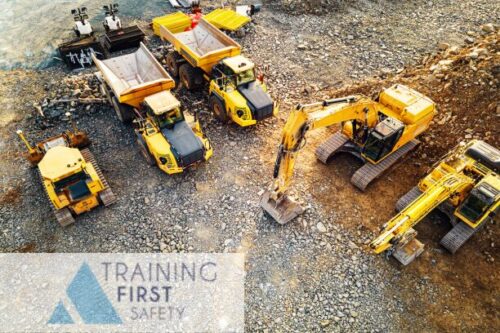Pre-course Requirements
Delegates must have passed the appropriate HS&E test within the last two years prior to attending this course
Course Overview
A slinger Signaller will be the designated individual who will be working alongside the machine operator responsible for lifting loads, for example a crane operator. A Slinger Signaller is responsible for attaching and detaching the load and will be direct its operation and movement. A Slinger Signaller will use hand signals and/or radio links to communicate with the machine operator in order to direct them and ensure that the load is moved safely on site.
Course Structure
- Safety procedures
- Machine operation for all normal tasks
- How to calculate weights and sizes of loads and how to inform the plant operator of these findings
- Correctly attach accessories to a variety of loads
- Move a variety of loads to different locations including blind lifts
- Understanding the effects of load size, weight, gradients and ground conditions upon machine stability
- Routine servicing and maintenance in accordance with the manufacturer’s instructions
- How to select, use and maintain the appropriate lifting tackle for a job
- Clear and accepted signals for moving a load and slinger positioning during lifts
- Individual job responsibilities

